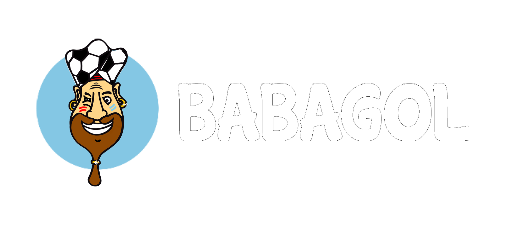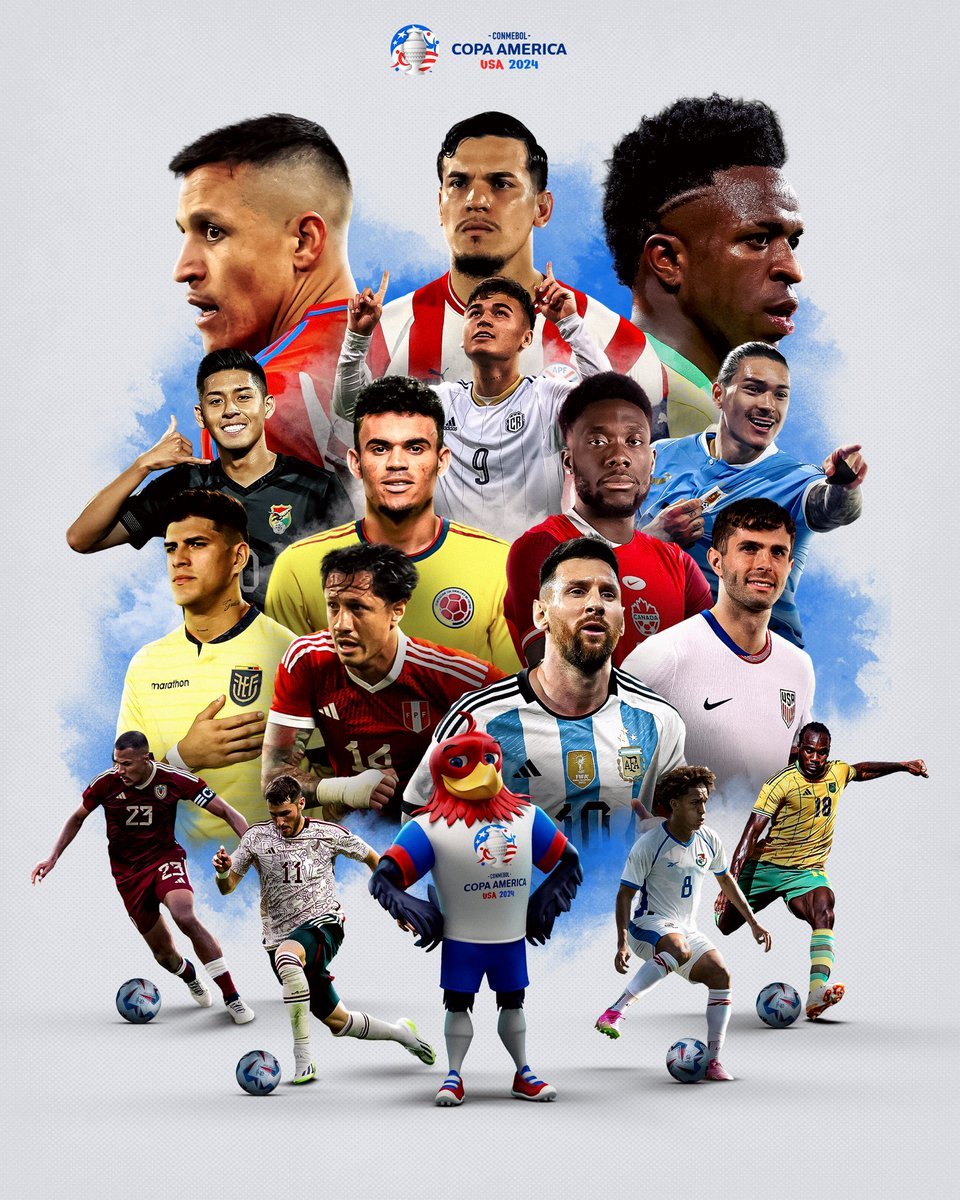Canadian football is going through a massive development phase in recent years.
With young players who are bought for big money and showcase their talent in major European sides, combined with winning a 2026 World Cup co-host bid with the USA and Mexico - have all contributed to the recent surge.
Suddenly, it seems that Canada can become a significant CONCACAF force. Not too long ago, it was generally believed that the Canadians had mainly set their eyes towards the historic tournament in 2026 - but perhaps now, even Qatar 2022 can be seen as a possible objective for The Canucks.
How did that happen?
Will the veteran Atiba Hutchinson will be in the first-ever World Cup in the Middle East? (Photo: Canada Soccer Twitter account)
D & D
No, not Dungeons and Dragons - meet Davies and David. The two D’s, Alphonso Davies and Jonathan David, 19 and 20 years old respectively, are Canada’s fantasy players and considered amongst the hottest names in European football these days. Many words have been written about world-class talent and Champions League winner Davies, including here, but interestingly it is Lille’s new striker Jonathan David that went a bit under the radar - and you should not sleep on him for one moment.
Born in New York to Haitian parents, David grew up in Haiti until the age of six, when the family then moved and settled in Ottawa, Canada - and developed a habit for football from a young age, a peripheral sport in the Hockey-minded country.
David grew up in a Francophone environment, which helped him pursue his dream, and he has always aimed to play in Europe. With his roots and upbringing, it was, therefore, no surprise that once his talents would be discovered, he would go and play in the French-speaking part of Europe. At the age of 18, before even playing a local professional game, he moved to Belgian side Gent and proved to be an immediate hit.
In two seasons, the forward amassed 37 goals in 83 games, including a ratio of a goal every two games in the league, finishing as joint-top scorer in 2019-20. In 2018 he also started appearing regularly for the national team, where he currently holds a fantastic record of 11 goals in 12 games. The 2019 Gold Cup was a personal success, he scored six goals and won the Golden boot and was chosen to the tournament’s top XI. However, Canada was shocked 3-2 in the quarter-finals by David’s beloved Haiti, a game in which he converted the opener and did not celebrate.
His clinical finishing and all-around performances made him sought by many big teams around the continent, especially in the Premier League, but David was determined to move to a place where he could steadily continue his development on the pitch, rather than risk seeing the bench. “My choice was dictated, above all, by the fact that I wanted to guarantee playing-time”, he said.
That place ended up being French side Lille, a great cultural and professional fit, which has a long history of developing and maximizing the potential of their young talents. A short glance at the list of attackers who were sold in recent years by Lille should justify David’s decision: Eden Hazard, Nicolas Pepe, Sofiane Boufal, Divock Origi, Rafael Leao and Victor Osimhen - sold earlier this summer for €70m, and is directly replaced by David, who was preferred over Colombian Alfredo Morelos.
David, who smashed Lille’s record signing fee with a €32m transfer tag, needs to show how he can perform in a better league with more expectations, and become Lille’s next big export. One thing is guaranteed: Along with Davies, Les Rouges has found its two big stars for this upcoming decade, and with them, the side can start to build a real dangerous reputation.
Scars of 1993
With these two youngsters as the core of the team, it is clear that Canada can finally see themselves as contenders to securing a World Cup berth for the second time in history (after Mexico 1986).
The closest they came since was in the 1994 qualifiers - first losing to Mexico in a CONCACAF group stage decider on home turf, which sent them to a two-legged intercontinental playoff with OFC’s Australia, with the winner going on to play a CONBEMOL representative for another playoff battle.
Canada won 2-1 in Edmonton as Aussie keeper Robert Zabica was sent off after 17 minutes, setting up the drama for the return leg in Sydney. Australia managed to return the favour with their own 2-1 victory. The game went to penalties, and it was debutant Mark Schwarzer’s time to shine. The youngster, who replaced Zubica and absent Mark Bosnich, stopped two Canadian spot kicks to break the Maple Leafs’ hearts.
Bob Lenarduzzi, CanMNT’s coach at the time, said after the game that "Shootouts are a bit similar to a Russian Roulette”. In fact, Lenarduzzi seems present in almost every major crossroad of Canadian football. He also played in the 1986 World Cup, and today serves as the Vancouver Whitecaps President - a role in which he discovered non-other than Alphonso Davies.
Eventually, the South American opponent turned out to be Argentina, who were humiliated by Colombia 5-0 just a few weeks after. A chance to play Diego Maradona was narrowly missed. For Canadian footballers, the summer of 1993 still brings back memories of what could have been. Alex Bunbury, one of the national team’s all-time greats, still believes there was much more to desire: “I don’t think there’s been a better pool of Canadian players, and Argentina were beatable at the time”, he told CBC in 2018.
The New CONCACAF Octagonal
Back to the current reality, the COVID-19 pandemic has taken its toll on many different sectors of our lives. As far as the football world is concerned, the inability to execute the routine league and national team calendar has been well documented and has forced FIFA and its six governing confederations to come up with creative solutions.
For CONCACAF, it meant a complete redesign for its World Cup qualifying tournament - which used to be one of the longest in the world and typically took around 2.5 years to complete. Normally, it would conclude with the “Hexagonal” - a round-robin group format between six teams. However, Qatar 2022 qualifiers will have a different setup: Meet the new “Octagonal” - a final group stage with eight teams, which play each other home and away. The top 3 will qualify for the World Cup, and the 4th spot will play an intercontinental playoff.
The top 5 CONCACAF sides, according to current FIFA rankings, automatically qualify for the Octagonal. Canada, who is ranked seventh, will need to go through two rounds to get there: First, a group stage with five opponents, playing each other once. Their Group B opponents are Suriname, Bermuda, Cayman Islands and Aruba.
The six group winners proceed to a playoff round consisting of two legs with predetermined group match-ups, and the three winners will join the Octo. Canada’s Group B is matched with Group E, and If things will go as planned - Canada could face Haiti again, this time in the play-off round. This clash will surely bring back memories from the Gold Cup.
What does it mean for Canada?
Although failing to qualify for the Hex since the 1998 WC qualifiers, The Canucks should feel optimistic about reaching the Octagonal, as the addition of two more teams fits precisely to their status in the CONCACAF food chain.
Should the Canadians reach that goal, they can benefit from two different factors that might help their chances: First, the Octo round will start in around a year from today, which can give D&D another full season of top European football and experience under their belt.
With the way Davies performed this season, it’s scary to think how much more he can improve. David will play a significant role in a strong Lille side who will play in the Europa League and can reach the latter stages. The same can be said about Cyle Larin or Liam Millar who are desperate for more first-team action in their careers. The more experienced players, such as Junior Hoilett, Scott Arfield, Steven Vitoria and Milan Borjan are still here and play at a high level. 37-year-old Atiba Hutchinson, who is still a key player for Besiktas and seemingly retired from international football after the 2019 Gold Cup, is not ruling out a future return.
The second factor taken into consideration is the lack of crowds in the stadiums. In the current global situation, especially in the continent of America, it’s hard to see how football games will be played with full crowds. Although Canada enjoys good home support, they are a historically weak away side, especially when playing against equal or better opposition. Even the USA, a more talented and composed team, traditionally struggle in away games.
When playing in Panama, El Salvador, Guatemala, or Honduras - you can expect a combination of a raucous crowd and poor conditions, which makes it harder to bring out your best. The 8-1 loss to Honduras in October 2012, in a do-or-die fixture - epitomizes this phenomenon. No crowd is an unfortunate twist for football, but the Canadians would have one thing less to worry about. “We will be taking it one game at a time with a laser-like focus on reaching the CONCACAF final round”, current coach John Herdman told the local media.
Although the master plan of Canadian football leads to 2026, recent times have introduced a great opportunity - in which they can test their real strength, gain valuable experience and perhaps break the World Cup duck via qualification to Qatar 2022.
If they manage to do that, morale and confidence in the Great White North would be higher than the CN Tower, towards their first-ever home World Cup in six years time.
Can Canada write its global football history already in Qatar? Time will tell (photo: FIFA Media)
Thumbnail photo courtesy of FIFA Media.






